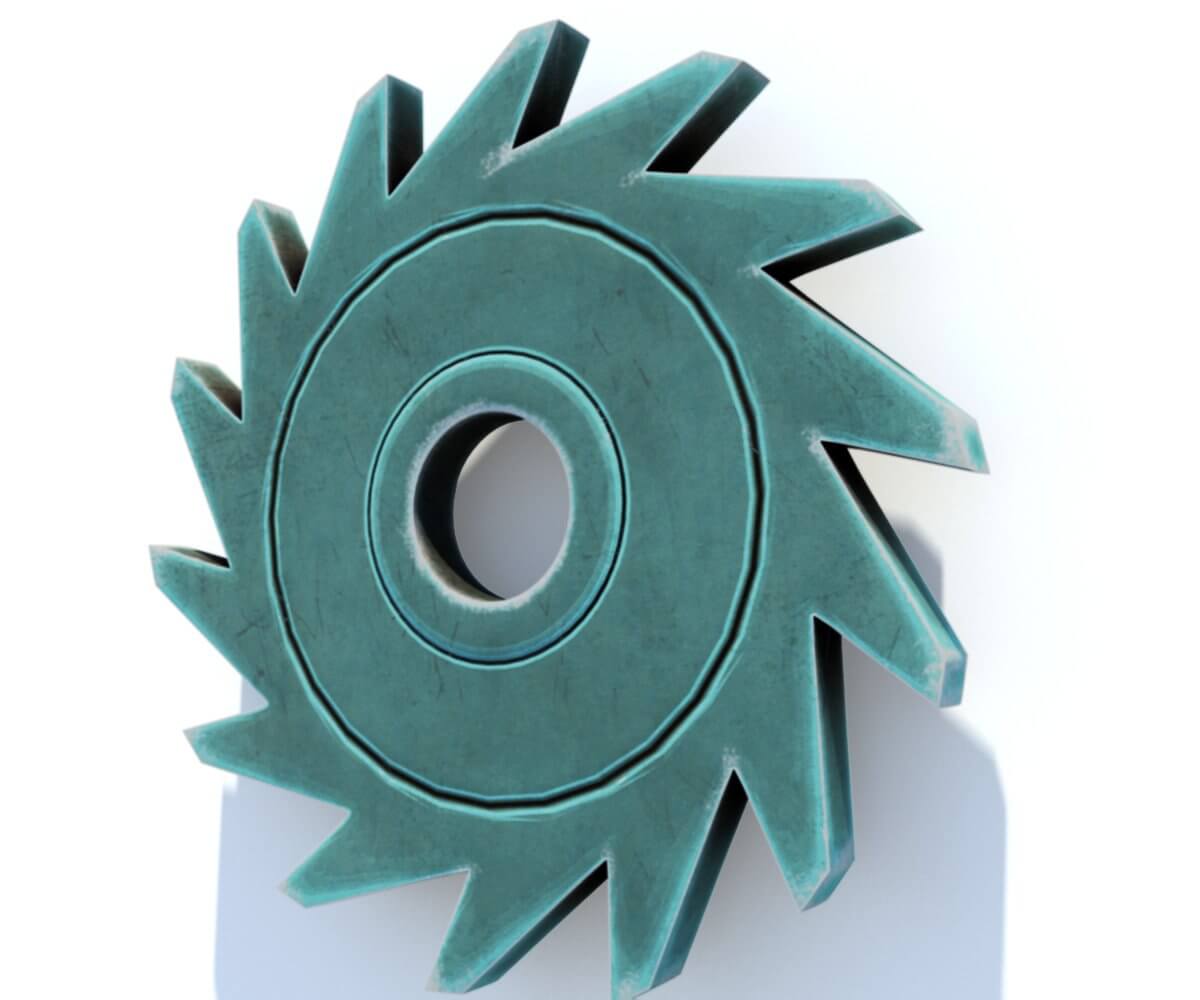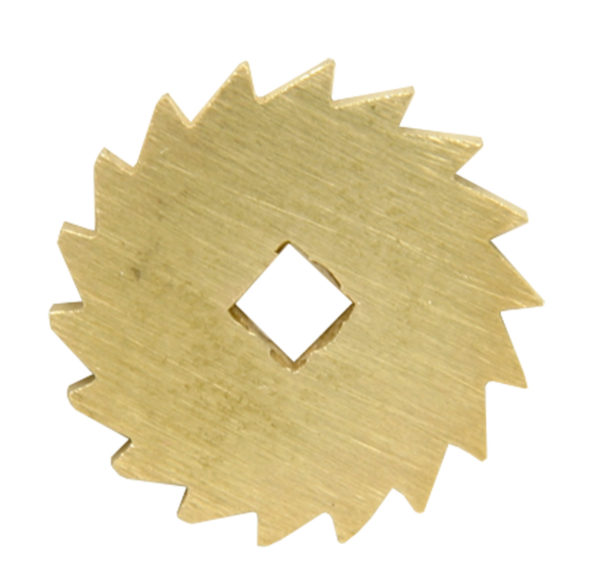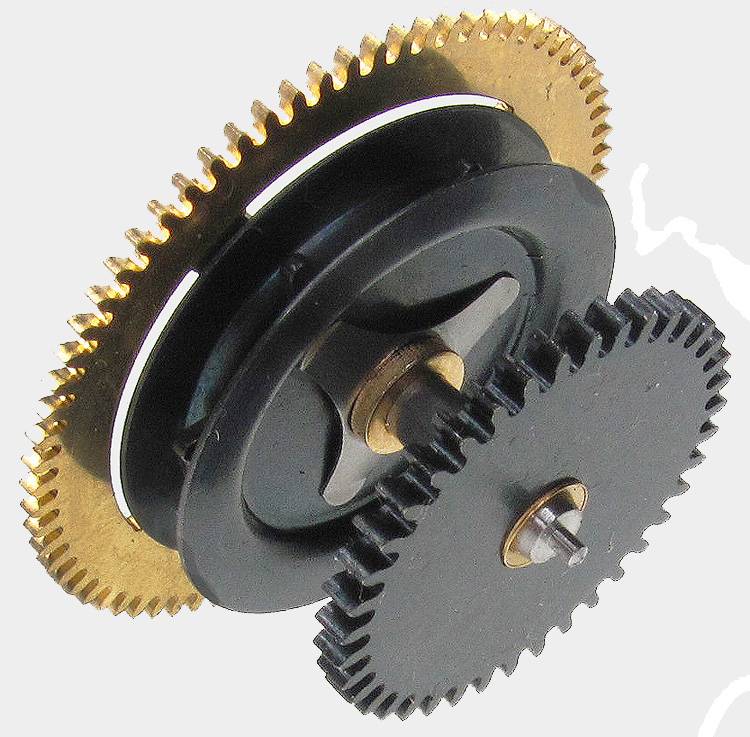Product Description
Product name
GCS- Carry /Return /Rubber Steel Belt Conveyor Roller for Coal, Mine, Port
Our products are widely used in thermal power generation, harbours, cement plants, metallurgy and as well as the light duty
conveying devices for industries.
NS Model addes a sealed cover in its design. The distance between the sealed cover and bearing provides the bearing with a dust
proof to ensure a longer working lift. This design is suitable for a normal working environment.
Summary of the conveyor roller information:
|
Diameter of Tube |
Length of Tube |
Bearing Type |
|
|
mm |
inch |
mm |
|
|
63.5 |
2 1/2 |
150-3500 |
6204 |
|
76 |
3 |
150-3500 |
6204 6205 |
|
89 |
3 1/2 |
150-3500 |
6204 6205 |
|
102 |
4 |
150-3500 |
|
|
108 |
4 1/4 |
150-3500 |
|
|
114 |
4 1/2 |
150-3500 |
|
|
127 |
5 |
150-3500 |
|
|
133 |
5 1/4 |
150-3500 |
6306 |
|
140 |
5 1/2 |
150-3500 |
6306 |
|
152 |
6 |
150-3500 |
|
|
159 |
6 1/4 |
150-3500 |
|
|
165 |
6 1/2 |
150-3500 |
6308 |
|
177.8 |
7 |
150-3500 |
6309 |
|
190.5 |
7 1/2 |
150-3500 |
6309 |
|
194 |
7 5/8 |
150-3500 |
6310 |
|
219 |
8 5/8 |
150-3500 |
|
|
SPECIFICATIONS |
|
|
Diameter |
φ89, φ102, φ108, φ114, φ127, φ133, φ139, φ152, φ159, φ165, φ194 |
|
Length |
145mm-2800mm |
|
Tube |
Q235(GB), Q345(GB), welded with DIN2394 standed |
|
Shaft |
A3 and 45# steel(GB) |
|
Bearing |
Single & Double Row Deep Groove Ball Bearing 2RS&ZZ with C3 clearance |
|
Bearing Housing/Seat |
Cold press working fit ISO M7 accuracy |
|
Lubricating Oil |
Grade 2 or 3 long-lasting lithium greasae |
|
Welding |
Mixed gas shielded arc welding end |
|
Painting |
Ordinary painting, hot galvanized painting, electric static spraying painting, baked painting |
Idler Conveyor Belt Conveyor Idler Roller Idler Steel Roller For Belt Conveyor
Main Features
To accommodate the demands of different working environment, CHINAMFG developed different body-sealed structures for customers to
choose the most suitable type for their own particular applications.
1) CHINAMFG design, most suitable for heavy loading.
2) The bearing housing and steel tube are assembled with precision concentric automatic welding machine
3) Cutting of the pipe and bearing is processed by CNC automatic equipment
4) The shaft end is precision barreled and firmly connected with the bearing
5) Fabrication of the roller is tested by an auto device to ensure concentricity
6) Roller and supporting components.materials are conformed to DIN/AFNOR/FEM/ASTMCEMA standards.
7) The roller is lubricated and maintenance free.
8) Life span is up to 30,000 work hours or more, depending on correct usage.
9) Sealing structure: inner-seal, 3 slot labyrinth seal, V shape rubber ring and centrifugal self-cleaning body to ensure water
and dust proof.
10)Vacuum sealed which has withstood anti water, salt, snuff, sandstone and dust proof experiments.
About us
GCS-Company is equipped with advanced idler production line, the production of series idler adopts the reliable labyrinth, non-contact seal structure. The bearing (Swedish, Japanese NSK, etc.) can get well lubricated and by which further improve the service life of the idler. Idler has become the company's main export products.
A. Classify according to the material:
1.Steel material idler
2. Macromolecule material idler
B. Idler group:
1. Carrying idler group: trough idler group, transition idler group, impact idler group, aligning idler group
2. Return idler group: parallel idler group, V-type idler group
C. Idler specification: According to the idler diameter:60mm, 76mm, 89mm, 108mm, 133mm, 159mm, 194mm, 219mm According to the belt width of the belt conveyor:500mm, 650mm, 800mm, 1000mm, 1200mm, 1400mm, 1600mm, 1800mm, 2000mm
/* January 22, 2571 19:08:37 */!function(){function s(e,r){var a,o={};try{e&&e.split(",").forEach(function(e,t){e&&(a=e.match(/(.*?):(.*)$/))&&1
| Material: | Carbon Steel |
|---|---|
| Surface Treatment: | Electroplating |
| Motor Type: | No |
| Installation: | Horizontal |
| Type: | Excavator Bucket |
| Application: | Hoisting Machinery |
| Samples: |
US$ 1/Piece
1 Piece(Min.Order) | |
|---|
| Customization: |
Available
|
|
|---|

What advantages do ratchet wheels offer in terms of controlled motion and security?
Ratchet wheels offer several advantages when it comes to controlled motion and security in mechanical systems. These advantages include:
- 1. Unidirectional Motion: Ratchet wheels allow motion in only one direction, which is beneficial in applications where preventing backward movement is essential. This unidirectional motion provides control and ensures that the mechanism operates precisely as intended.
- 2. Incremental Movement: Ratchet wheels are designed with teeth that provide incremental movement. This allows for precise adjustments or controlled advancement in applications requiring accuracy and fine-tuned positioning.
- 3. Security Against Reversal: The key advantage of ratchet wheels is their ability to prevent backward movement effectively. When a pawl or catch mechanism engages with the teeth of the ratchet wheel, it locks the wheel in place, preventing any reverse motion. This feature is crucial in applications where maintaining security and preventing unintentional backdriving are vital.
- 4. Resistance to External Forces: Ratchet wheels are designed to withstand external forces or vibrations that may attempt to cause reverse motion. The engagement of the pawl ensures that the wheel remains locked in its current position, enhancing security and stability.
- 5. Predictable Operation: Ratchet wheels provide predictable and reliable operation. Users can apply force or torque in the desired direction, knowing that the ratchet wheel will move in that direction without the risk of unexpected movement or slippage.
- 6. Versatility in Applications: Ratchet wheels find application in a wide range of industries and systems where controlled motion and security are crucial. They are commonly used in hand tools, winches, hoists, conveyor systems, and various mechanical devices.
- 7. Maintenance of Tension: In applications like tie-down straps and tensioning systems, ratchet wheels maintain tension and prevent slack from developing. This ensures that loads remain securely in place during transportation or use.
- 8. Safety: Ratchet wheels contribute to safety in various applications, such as vehicle handbrakes and safety mechanisms. They prevent unintended movement and enhance the overall safety of the system.
Overall, ratchet wheels offer precise, controlled, and secure motion, making them valuable components in applications where maintaining control and preventing reversal are critical. Their ability to provide incremental movement and resist external forces adds to their versatility and reliability in diverse mechanical systems.

How do ratchet wheels contribute to the precision and repeatability of certain applications?
Ratchet wheels play a pivotal role in enhancing precision and repeatability in various applications by providing controlled and incremental motion. Their contributions to precision and repeatability can be explained as follows:
- 1. Controlled Movement: Ratchet wheels are designed to engage with pawls or catches in a way that allows them to move in only one direction while preventing backward movement. This controlled movement ensures that adjustments, increments, or positioning occur with a high degree of accuracy.
- 2. Incremental Adjustments: In applications where precision is crucial, such as in manufacturing, assembly, or calibration equipment, ratchet wheels enable users to make incremental adjustments or movements. This precision allows for fine-tuning and achieving the exact desired outcome.
- 3. Consistency and Repeatability: Ratchet mechanisms, including ratchet wheels, provide a consistent and repeatable motion. Users can reliably achieve the same result repeatedly, ensuring product consistency in manufacturing or consistent positioning in various tasks.
- 4. Safety and Position Locking: Ratchet wheels are commonly used in safety-critical applications where specific positions must be securely locked. This locking feature not only enhances safety but also ensures that a particular setting or position remains precise and repeatable.
- 5. Indexing and Positioning: In applications like indexing tables or machinery requiring precise indexing or positioning, ratchet wheels enable accurate and repeatable alignment of components or workpieces. This is essential for processes such as drilling, milling, or assembly.
- 6. Calibration and Measurement: Ratchet mechanisms are utilized in calibration equipment to allow for precise adjustments of measuring instruments. This contributes to the accuracy and repeatability of measurements, which is critical in scientific, laboratory, and metrology applications.
- 7. Safety Interlocks: Ratchet wheels are often part of safety interlock systems that require specific conditions to be met before certain operations can proceed. This ensures that critical safety protocols are consistently followed.
- 8. Reliability in Emergency Systems: Ratchet mechanisms are incorporated into emergency systems where reliability and repeatability are paramount. For example, emergency stop systems rely on the repeatability of ratchet wheels to ensure consistent and immediate shutdown of machinery.
- 9. Reducing Human Error: In applications where human operators are involved, ratchet wheels help reduce the likelihood of errors. The controlled and incremental motion they provide minimizes the risk of overshooting or undershooting desired settings.
In summary, ratchet wheels contribute to precision and repeatability by enabling controlled and incremental motion, ensuring consistent and repeatable results, and enhancing safety in various applications across industries.

Can you describe the factors to consider when selecting ratchet wheels for specific applications?
When selecting ratchet wheels for specific applications, several important factors should be taken into consideration to ensure optimal performance and reliability. These factors include:
- 1. Load Capacity: Determine the maximum load or force the ratchet wheel will need to handle. Choose a ratchet wheel with the appropriate load capacity to ensure safe and efficient operation. Larger and more robust ratchet wheels are suitable for heavy-duty applications.
- 2. Space Constraints: Consider the available space within the mechanical system where the ratchet wheel will be installed. Ensure that the selected ratchet wheel size fits within the allocated space without interference or clearance issues.
- 3. Tooth Profile: The tooth profile of the ratchet wheel should match the application's requirements. Standard ratchet wheels have angled teeth, while fine-tooth ratchet wheels offer finer control. Select the tooth profile that suits the desired level of precision and movement control.
- 4. Material: Choose a ratchet wheel material that is compatible with the application's environment and demands. Common materials include hardened steel or alloy metals for durability. In corrosive environments, opt for corrosion-resistant coatings or materials.
- 5. Pawl Compatibility: Ensure that the selected ratchet wheel is compatible with the pawl or catch mechanism used in the application. The pawl should effectively engage and disengage with the ratchet wheel's teeth for reliable operation.
- 6. Precision Requirements: Consider the level of precision required in the application. Fine-tooth ratchet wheels are suitable for applications demanding precise adjustments, while standard ratchet wheels offer a balance of control and strength.
- 7. Operating Conditions: Evaluate the operating conditions, including temperature extremes, humidity, and exposure to chemicals or contaminants. Select ratchet wheels that can withstand these conditions without degradation.
- 8. Customization: For specialized applications or unique requirements, consider the option of custom-designed ratchet wheels. Customization allows for tailoring the ratchet wheel's size, tooth profile, and material to meet specific needs.
- 9. Maintenance: Assess the ease of maintenance and lubrication requirements. Some ratchet wheels may need periodic cleaning and lubrication to ensure smooth and reliable operation.
- 10. Regulatory Compliance: In some industries, specific standards and regulations may govern the choice of components. Ensure that the selected ratchet wheel complies with relevant industry standards and safety regulations.
By carefully considering these factors, you can select the most suitable ratchet wheel for your specific application, promoting efficient and reliable performance while minimizing the risk of issues or failures.


editor by Dream 2024-04-23